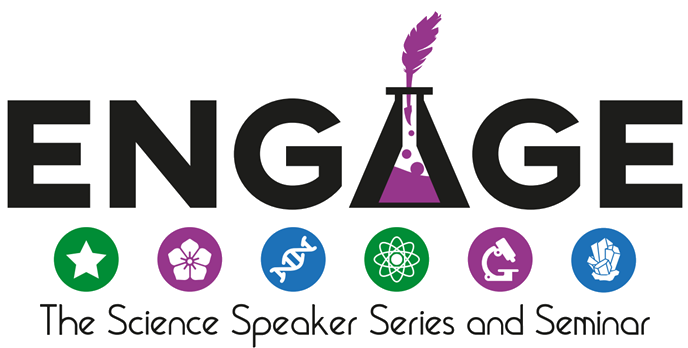A Scientific Dilemma: Pressing the Mute Button on Ocean Noise
Image courtesy of Awesome Oceans (http://awesomeocean.com/conservation/noise-pollution-harms-marine-life/)
Imagine you’re taking a noisy, cramped bus to work. To try to relax, you may close your eyes and picture the calm ocean surrounding you. But the truth is, that ocean isn’t so quiet. Marine life is experiencing a noisy reality, not unlike your own, that is only getting louder, like living at a construction site with countless delays to finishing. Knowing the headache that you feel even just passing a jackhammer on the sidewalk if you had the power to turn down the volume for this underwater world, you’d probably be quick to grab the remote.
Jim Robbins, at the New York Times, wrote an article explaining that many marine practices produce a damaging amount of noise for marine mammals, like orcas and dolphins, but can also directly kill the smallest creatures like zooplankton, that provide the basis for the marine food chain. The conflict of noise and acoustic communication used by marine mammals hurts their ability to prey, rest, reproduce, avoid danger, and navigate. This endless commotion forces animals to ultimately suffer at our expense.
But of course, the reality is that turning down the noise isn’t so easy. Louder than fishing vessels or commercial cruises, shipping containers create engine and propeller noise along well-established routes crisscrossing our oceans. And yet, we also rely on them to move essential products that we use in our daily lives. Ten times louder, comparable to standing near a space shuttle launch, are the underwater, air gun explosions used by oil exploration, that go off nearly every minute or so for weeks on end. But the subsurface images of drillable reservoirs that these projects produce are arguably necessary to put gas in your car. Finally, seismic research cruises that my work requires utilize the same tools as oil exploration to create images of fractures or faults beneath the seafloor that inform people about potentially devastating tsunami-producing earthquakes like those that devastated coastlines along Sumatra in 2004 and Japan in 2011.
Competing ocean noise sources and marine mammal acoustic communication. Image courtesy of SSPA (https://www.sspa.se/shipping-and-underwater-radiated-noise)
Articles such as that by the New York Times highlighting the impact of ocean noise, often fail to address this dilemma, as well as the very real work that is going on to actively reduce the effects of these practices while they are still happening. Specifically, seismic research cruises are increasingly required to include a team called Protected Species Observers and Marine Mammal Observers that is focused on reducing the impact that projects have on marine life. 24/7 these experts play I-Spy in the endless blue of the ocean using both visual and acoustic monitoring to look for nearby animals that could be harmed. For every specific animal that is encountered, rules are set up for how the operation responds. When particularly endangered or highly protected species are noted, the whole system shuts down, essentially pressing the mute button, until they are gone. While this is certainly a difficult process, often resulting in gaps of recorded data and money lost for the costly time at sea, it is also a necessary precaution.
For oil exploration, eventually shifting from offshore resources to finding energy alternatives is certainly an option, but what are the alternatives for understanding how and when destructive tsunami-producing earthquakes may strike your coastline? Do we forgo imaging these underwater complexities and instead blindly prepare or completely abandon coastal communities? If we can do better to provide a quiet respite for marine mammals, while also trying to improve the safety of lives near these earthquake-prone coastlines, there seems to be a workable balance possible, making a resounding impact with less noise.
Emma Myers is a Ph.D. candidate studying marine geophysics at UW. Her work focuses on characterizing the structure of the Earth beneath the ocean and how the Earth deforms along earthquake-producing subduction zone faults to better understand potential earthquake hazards.



